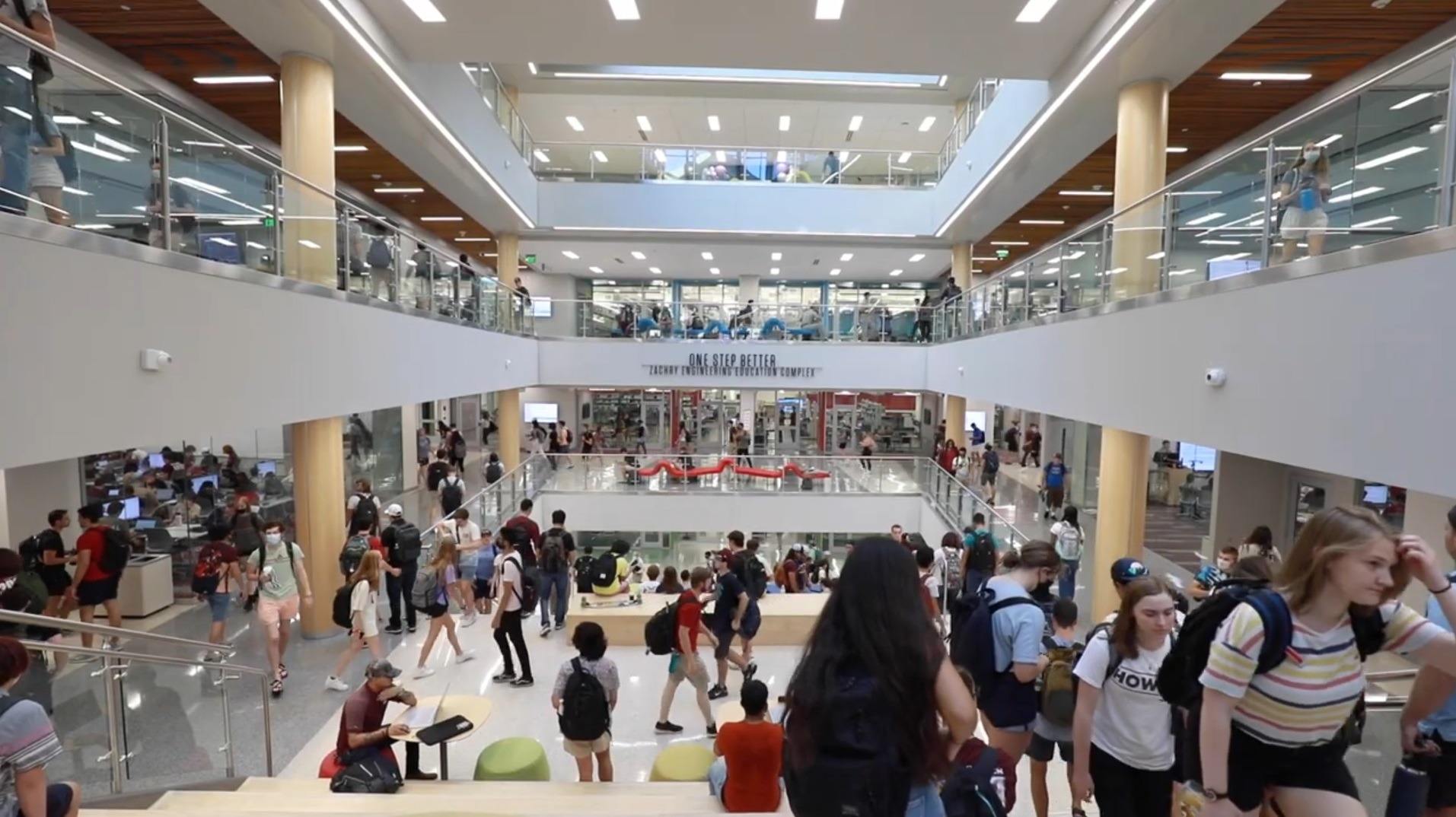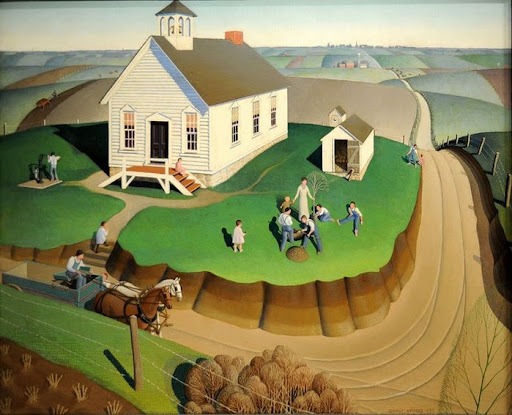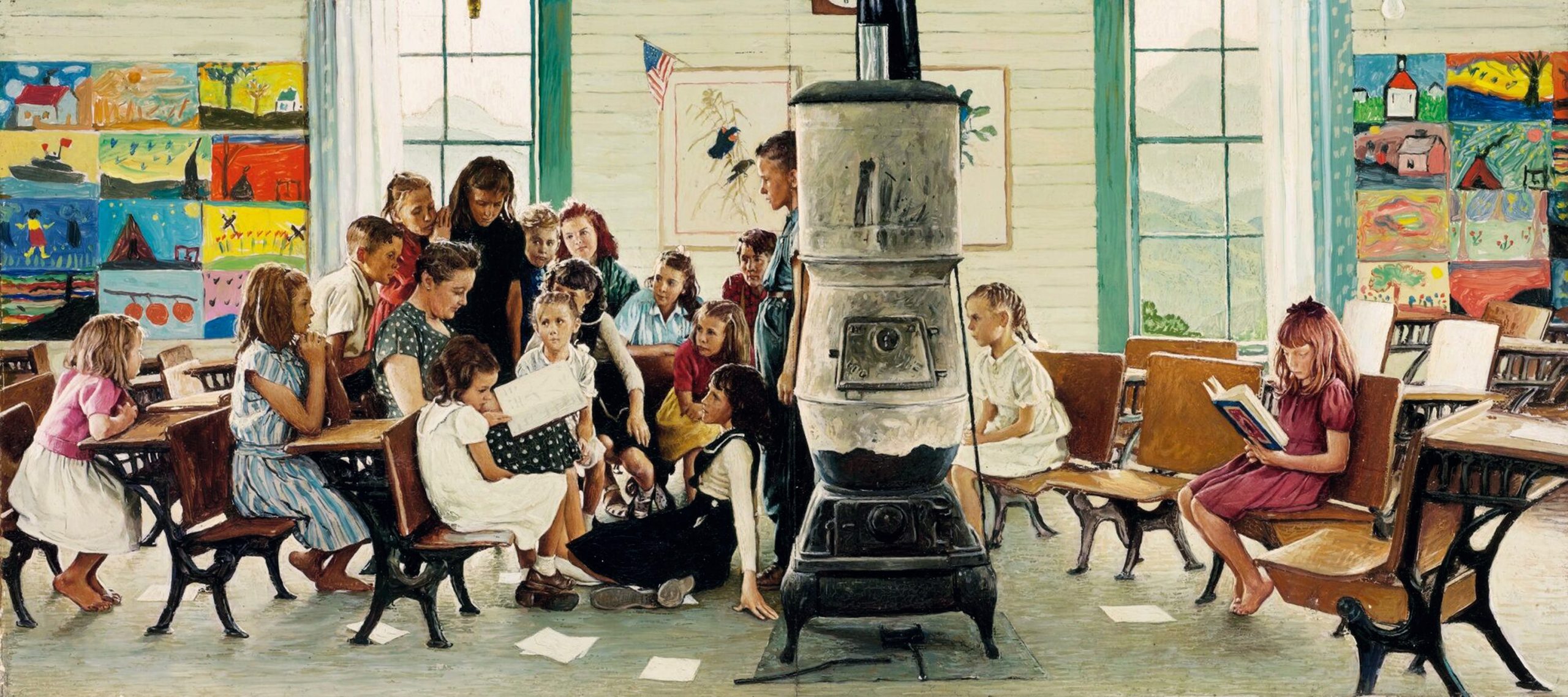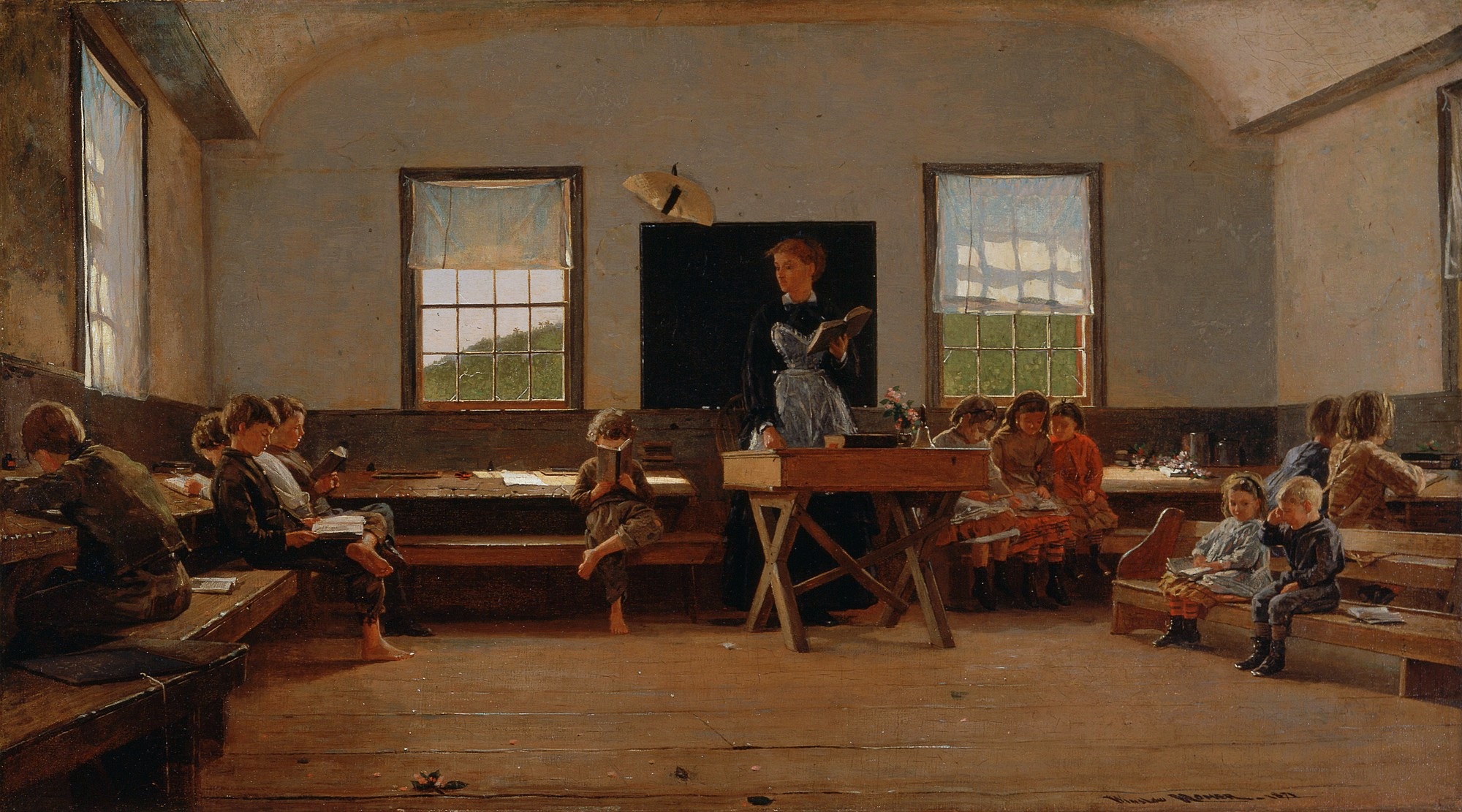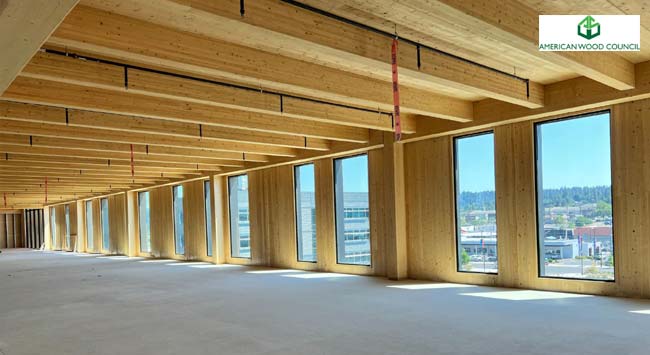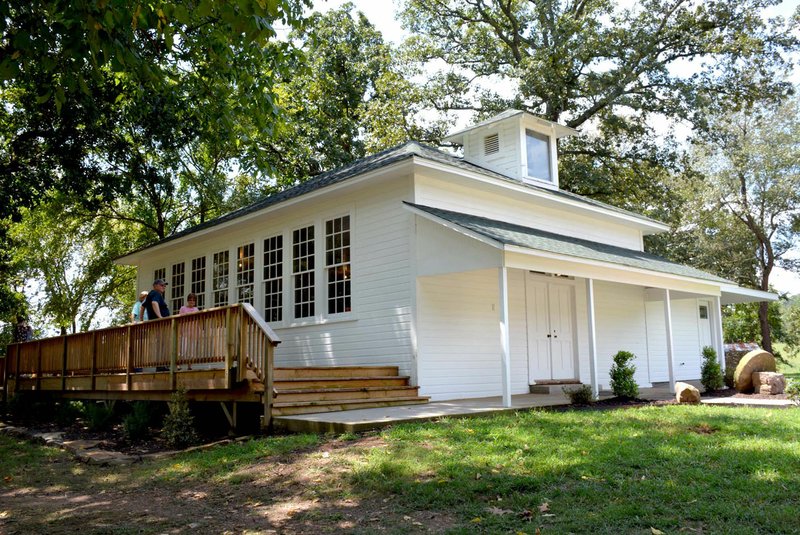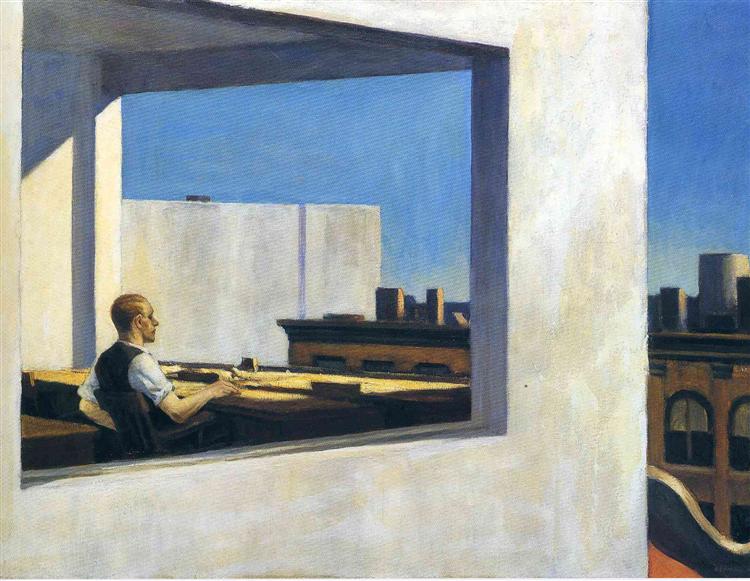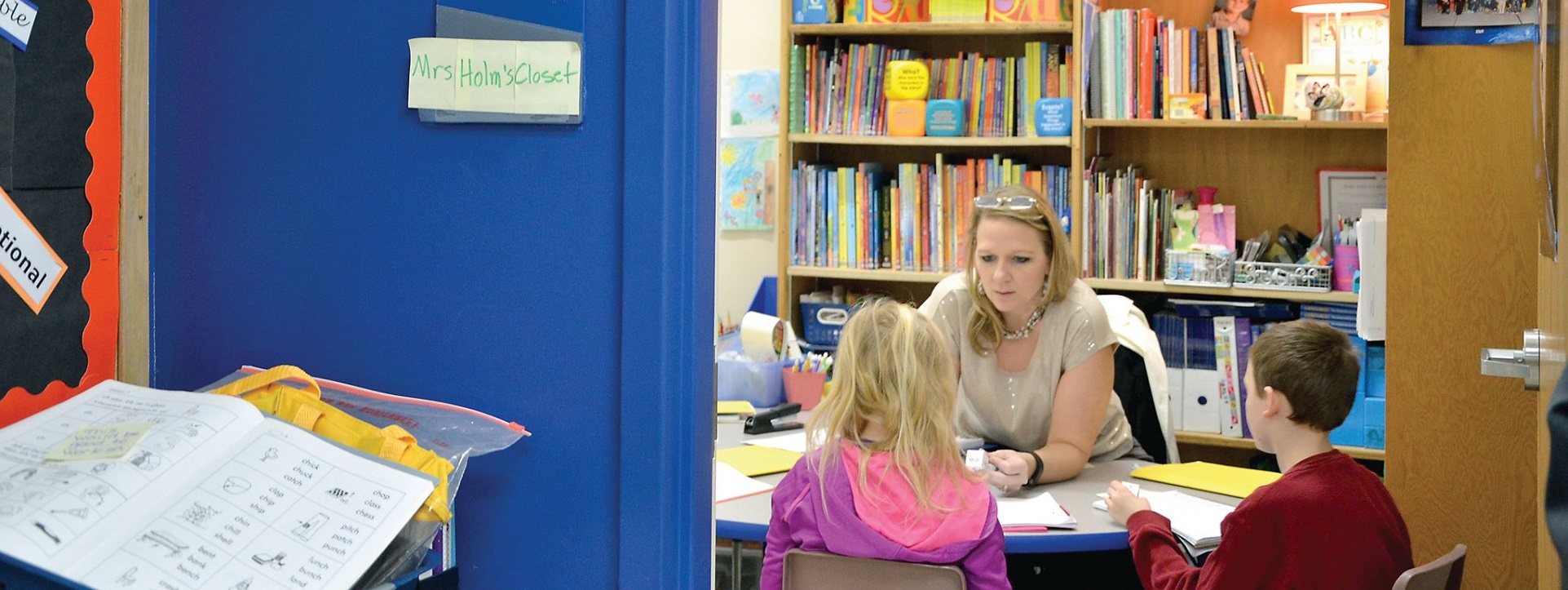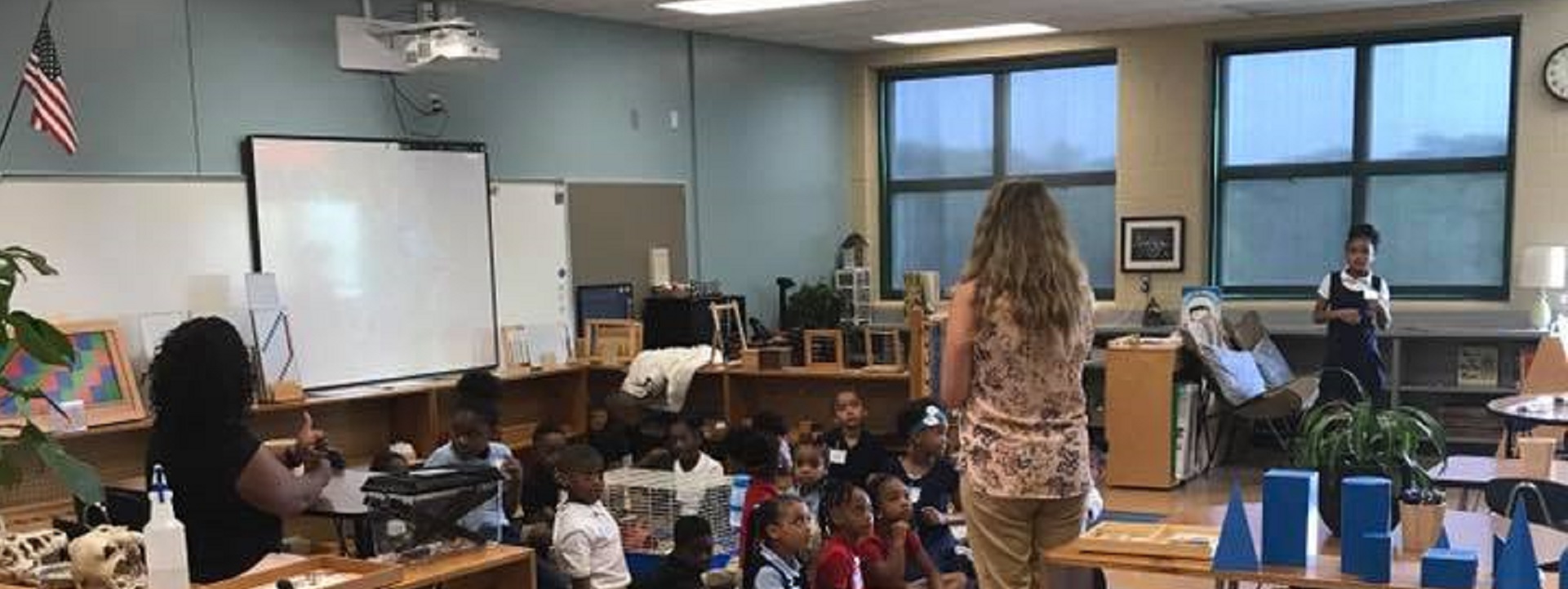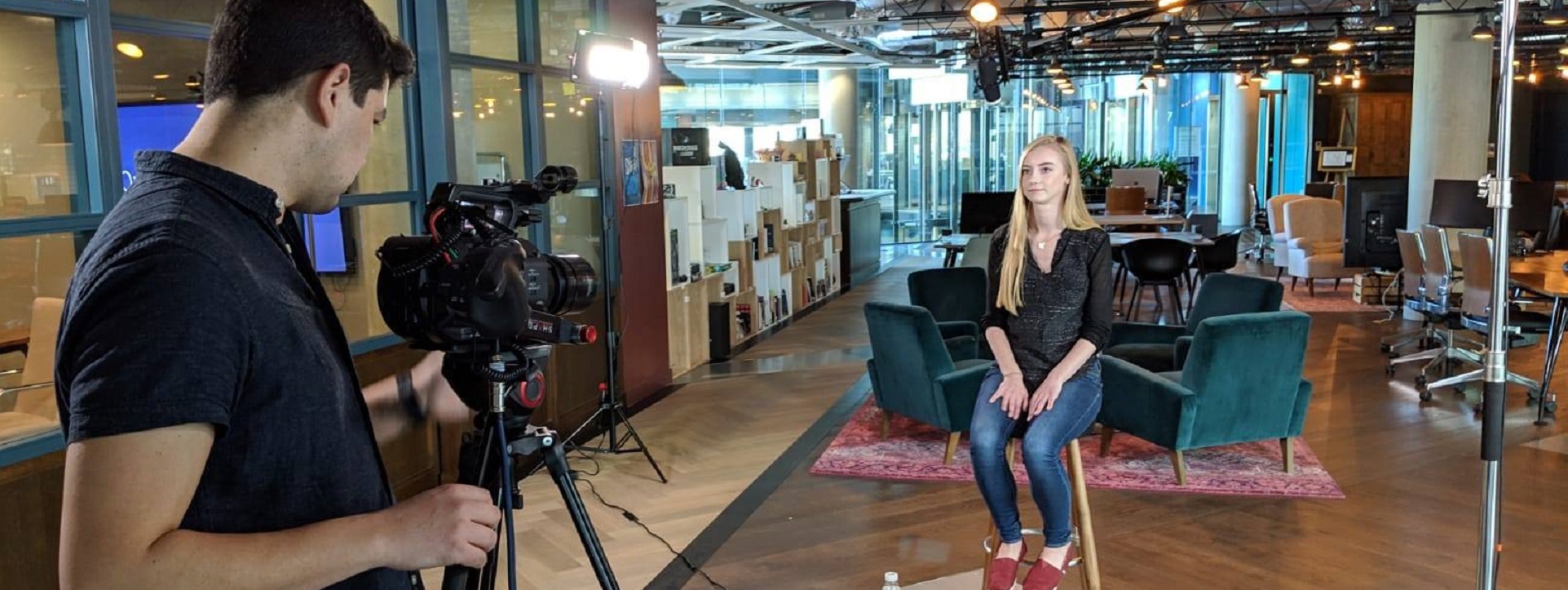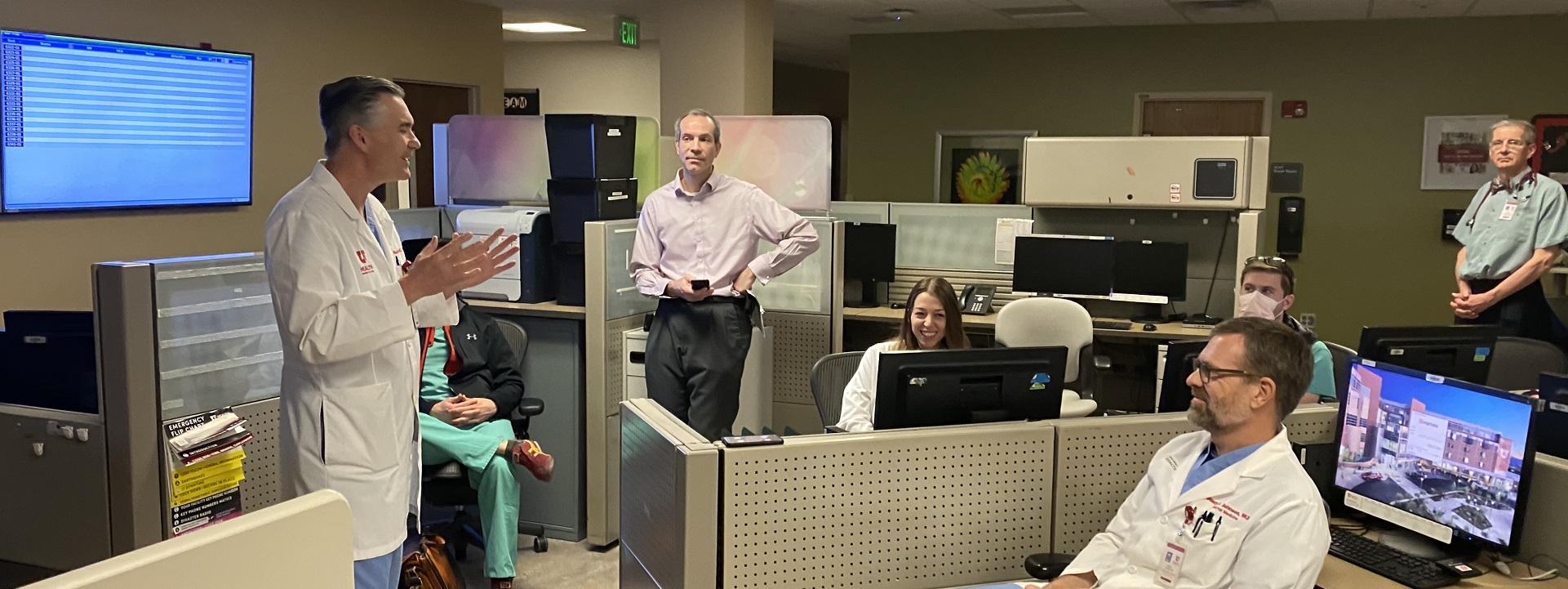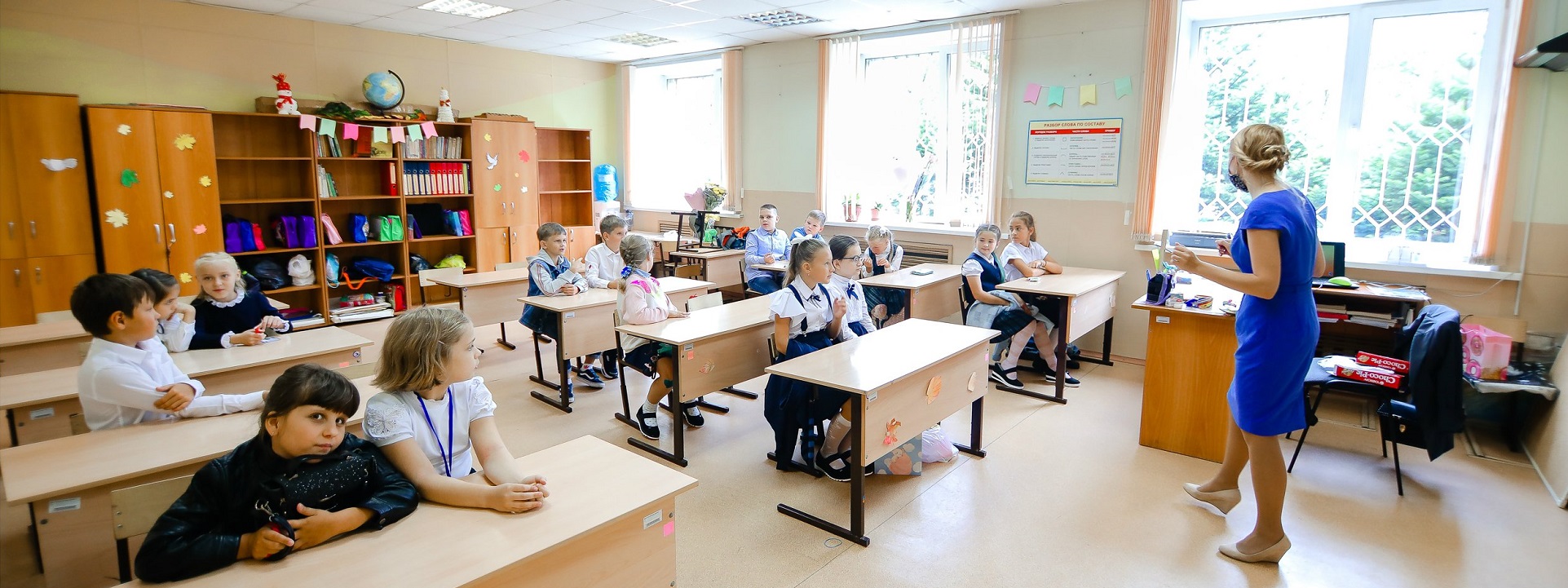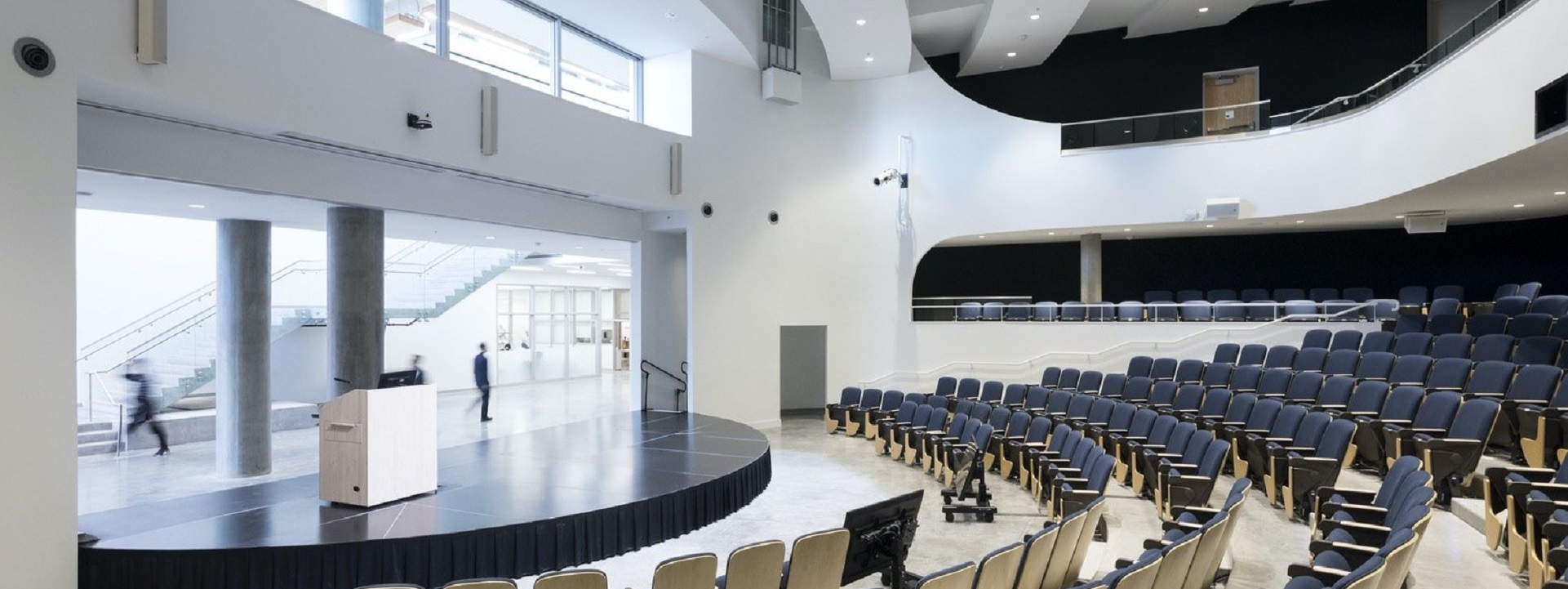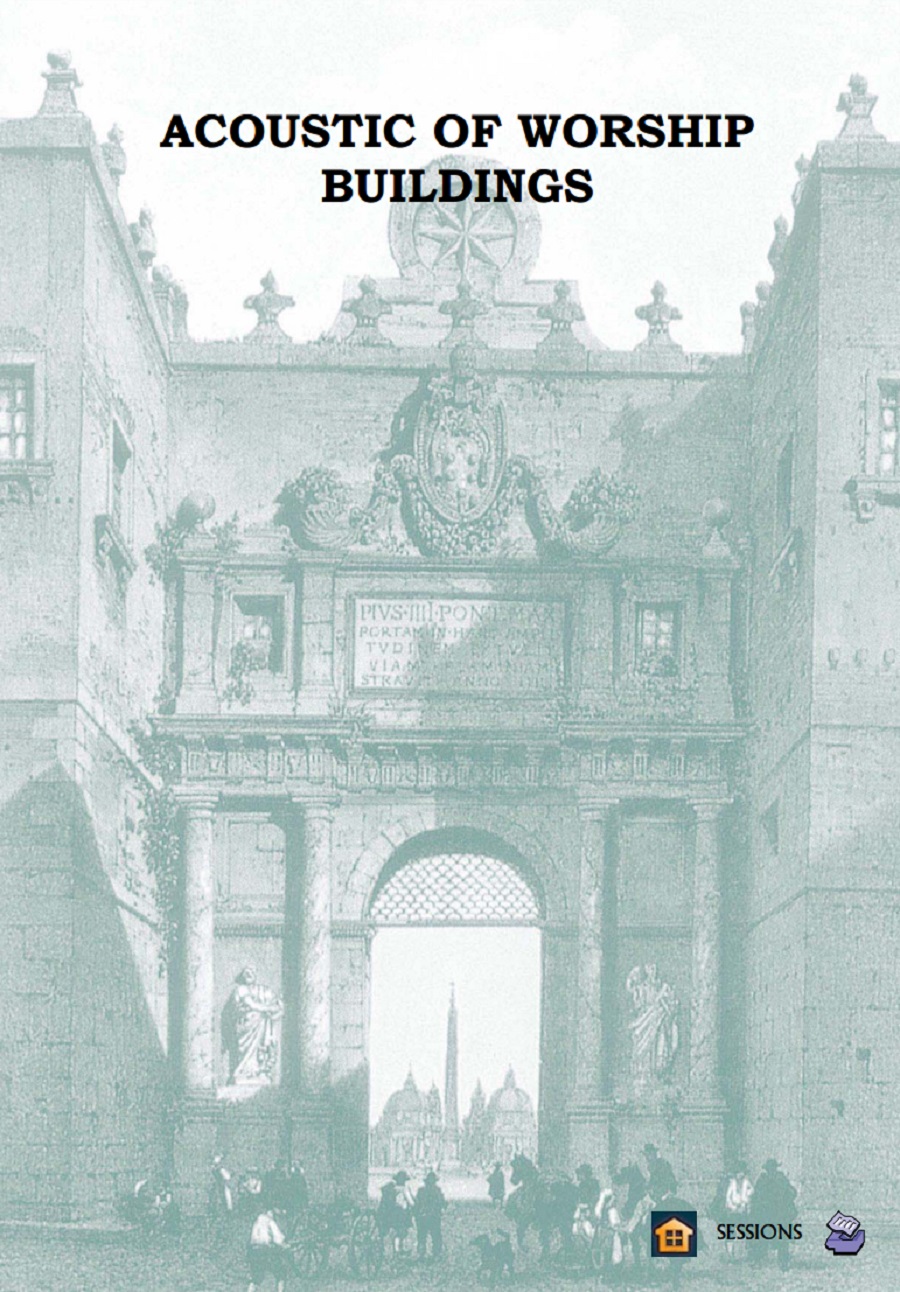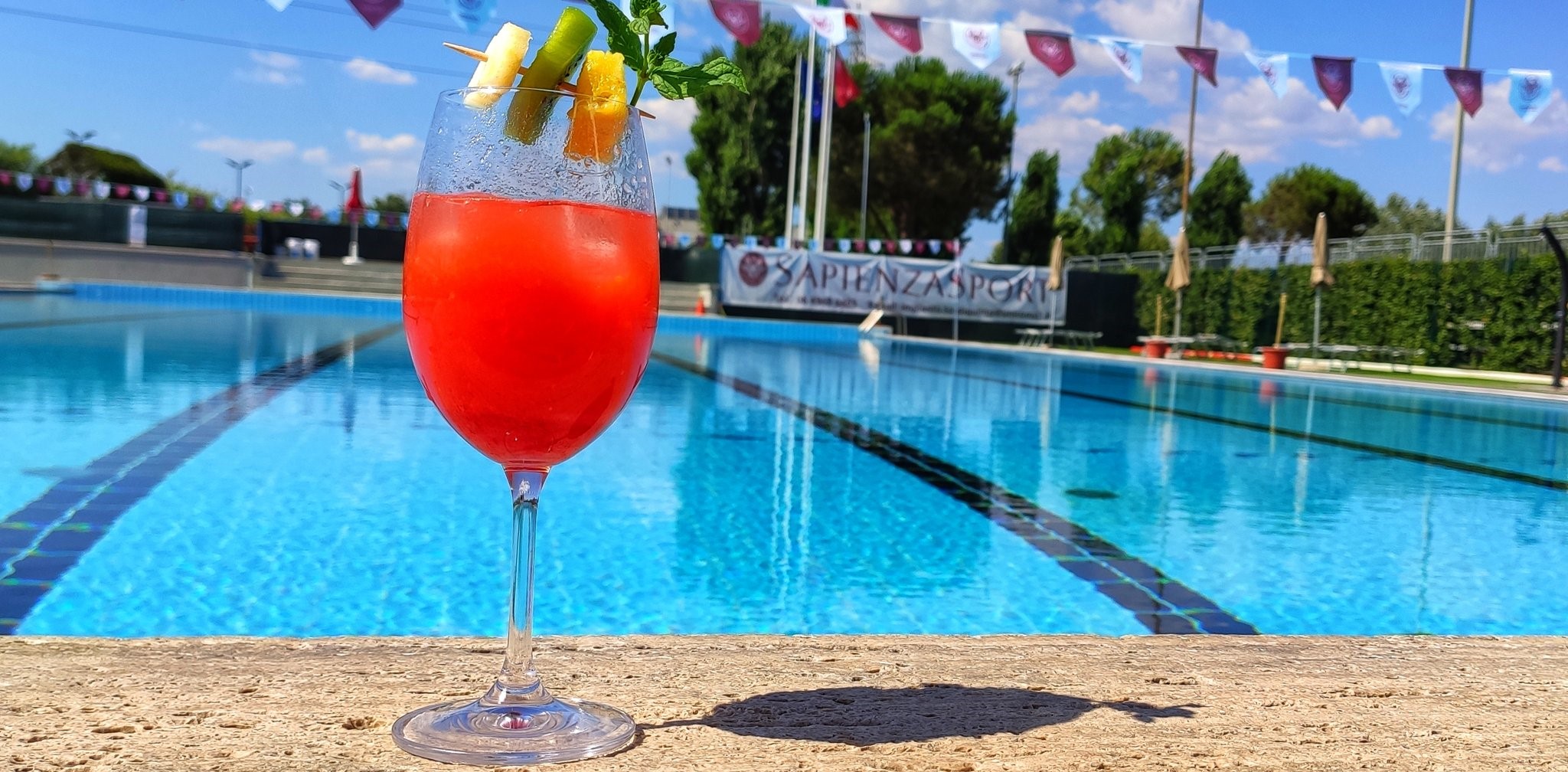The RELLIS Data and Research Center will be a public – private development with Texas A&M University. The data center will be built on the new RELLIS Campus located in College Station, Texas. It will offer cloud storage and outstanding managed services. The RELLIS Academy and Research Lab offers the ability for Texas A&M University to give real world data center experience to both students and faculty.
Author Archives: mike@standardsmichigan.com
- Home
- Articles posted by mike@standardsmichigan.com (Page 14)

Wood
International Building Code Chapter 23: Wood
Building schoolhouses with wood in the United States had significant practical and cultural implications, particularly during the 18th and 19th centuries. Wood was the most readily available and cost-effective material in many parts of the country. Abundant forests provided a plentiful supply, making it the logical choice for construction. The use of wood allowed communities to quickly and efficiently build schoolhouses, which were often the first public buildings erected in a new settlement.
Wooden schoolhouses were emblematic of the pioneering spirit and the value placed on education in early American society. These structures were often simple, reflecting the modest means of rural communities, but they were also durable and could be expanded or repaired as needed. The ease of construction meant that even remote and sparsely populated areas could establish schools, thereby fostering literacy and learning across the nation.
Moreover, wooden schoolhouses became cultural icons, representing the humble beginnings of the American educational system. They were often the center of community life, hosting social and civic events in addition to serving educational purposes. Today, preserved wooden schoolhouses stand as historical landmarks, offering a glimpse into the educational practices and community life of early America. Their construction reflects the resourcefulness and priorities of the early settlers who valued education as a cornerstone of their communities.
Building schoolhouses with wood presents several technical challenges, including durability, fire risk, maintenance, and structural limitations. Here are the key challenges in detail:
- Durability and Weather Resistance:
- Rot and Decay: Wood is susceptible to rot and decay, especially in humid or wet climates. Without proper treatment and maintenance, wooden structures can deteriorate rapidly.
- Pests: Termites and other wood-boring insects can cause significant damage, compromising the integrity of the building.
- Fire Risk:
- Combustibility: Wood is highly flammable, increasing the risk of fire. This was a significant concern in historical and rural settings where firefighting resources were limited.
- Safety Standards: Ensuring that wooden schoolhouses meet modern fire safety standards requires additional measures, such as fire-retardant treatments and the installation of fire suppression systems.
- Maintenance:
- Regular Upkeep: Wooden buildings require frequent maintenance, including painting, sealing, and repairing any damage caused by weather or pests.
- Cost: Ongoing maintenance can be costly and labor-intensive, posing a challenge for communities with limited resources.
- Structural Limitations:
- Load-Bearing Capacity: Wood has limitations in terms of load-bearing capacity compared to materials like steel or concrete. This can restrict the size and design of the schoolhouse.
- Foundation Issues: Wooden structures can experience foundation issues if not properly designed and constructed, leading to uneven settling and potential structural damage.
- Environmental Impact:
- Deforestation: The widespread use of wood for construction can contribute to deforestation, which has environmental consequences. Sustainable sourcing practices are essential to mitigate this impact.
- Insulation and Energy Efficiency:
- Thermal Insulation: Wood provides moderate thermal insulation, but additional materials and techniques are often required to ensure energy efficiency and comfort for students and staff.
Despite these challenges, wooden schoolhouses were popular in the past due to the availability of materials and ease of construction. Addressing these technical challenges requires careful planning, use of modern materials and techniques, and regular maintenance to ensure the longevity and safety of wooden schoolhouses.
Related:
Eurocode 5 (EN 1995): Design of timber structures
Minimum Design Loads and Associated Criteria for Buildings and Other Structures
National Design Specification for Wood Construction
The 2024 National Design Specification for Wood Construction was developed by AWC’s Wood Design Standards Committee and approved as a standard by ANSI (American National Standards Institute) on October 16, 2023. The 2024 NDS is referenced in the 2024 International Building Code.
International Code Council Mass Timber: Outcomes of the ICC Tall Wood Ad Hoc Committee
Related:
Interior Finishes & Wood
International Building Code Chapter 23: Wood
Chapter 8 of the International Building Code contains the performance requirements for controlling fire growth and smoke propagation within buildings by restricting interior finish and decorative materials. A great deal of interior square footage presents fire hazard; even bulletin boards and decorations; as a simple web search will reveal. We are respectful of the competing requirements of safety and ambience and try to assist in a reconciliation of these two objectives.
Free access to the current edition of the relevant section is linked below:
The public input period of the Group A Codes — which includes the International Fire Code; which contains parent requirements for this chapter — closed in July 2nd. Search on the word “interior”, or “school” or “classroom “in the document linked below for a sample of the ideas in play.
Update to the 2024 Group A – Consolidated Monograph Updates 3/18/2024
2021 REPORT OF THE COMMITTEE ACTION HEARINGS ON THE 2021 EDITIONS OF THE GROUP A INTERNATIONAL CODES
Development of Group A proceeds in the calendar linked below:
Current Code Development Cycle 2024-2026
Most of the ICC bibliography lies at the foundation of the safety and sustainability agenda of education communities everywhere so we follow development continuously; setting priorities according to our resources. We keep the issues in this chapter on the standing agenda of our Interiors colloquium. See our CALENDAR for the next online meeting; open to everyone.
Researchers Make Wood Stronger than Steel
Mass Timber Primed for Wider Use? ( November 19, 2024). This article from the University of Florida’s Warrington College of Business explores the expanding use of mass timber in construction, including a planned mass timber building on the University of Florida’s Gainesville campus. It highlights CLT development and regional advantages in the Pacific Northwest, with examples from University of Oregon research.
Cross-Laminated Timber (CLT) (August 13, 2024). From Auburn University’s College of Forestry, Wildlife and Environment, this piece details the college’s involvement in mass timber research and construction through the university’s Mass Timber Collaborative. It emphasizes CLT’s growth in the Southeast US using southern pine, with multidisciplinary efforts in forestry, architecture, and engineering for campus and regional projects.
The Meteoric Rise of Cross-Laminated Timber Construction: 50 Projects that Use Engineered-Wood Architecture (November 18, 2024) Published by ArchDaily, this overview of CLT projects worldwide includes US examples like the Albina Yard in Portland (a pioneering CLT building), and discusses its application in sustainable campus and institutional structures, promoting domestic wood use in educational settings.
Almost time to celebrate our Terps! 💛 #UMDGrad🎓
Find the ceremony live stream and more info: https://t.co/O253YinItK pic.twitter.com/dz2MxK94Eb
— Univ. of Maryland (@UofMaryland) May 22, 2025
Construction Technology Careers: Carpentry, HVAC, Plumbing
Construction Technology Careers: Carpentry, HVAC, Plumbing
One study, published in the Journal Social Forces in 2012, found that women’s educational preferences for a potential partner have been changing over time. The study found that in the 1960s and 1970s, women were more likely to prefer men with higher levels of education than themselves, while in the 1990s and 2000s, women were more likely to prefer partners with similar levels of education. The study also found that women’s educational preferences were influenced by their own educational attainment and the gender ratio of their college campus.
Another study, published in the journal Demography in 2015, found that women’s educational preferences for a potential partner varied depending on their own educational background and the gender ratio of their local area. The study found that women with higher levels of education were more likely to prefer men with similar levels of education, while women with lower levels of education were more likely to prefer men with higher levels of education. The study also found that women in areas with a higher ratio of men to women were more likely to prefer men with higher levels of education.
While these studies suggest that young women’s preferences for college-educated men as marriage partners may be influenced by a variety of factors, it is important to recognize that individual preferences and behaviors can vary widely and are influenced by a wide range of factors. Additionally, any generalizations about the preferences of “young women” or any other group should be approached with caution, as these preferences can vary widely depending on factors such as age, race, ethnicity, and socioeconomic status.
History of Western Civilization Told Through the Acoustics of its Worship Spaces
Abstract. Insights into the history and future of western civilization are found by applying information theory to the acoustical communication channel (ACC) of its worship spaces. Properties of the ACC have both influenced and reflected the choice of message coding (e.g., speech or music) at various times. Speech coding is efficient for acoustically dry ACCs, but hopeless for highly time-dispersive ACCs. Music coding is appropriate for time dispersive (reverberant) ACCs. The ACCs of synagogues, early Christian house churches, and many Protestant churches are relatively acoustically “dry” and thus well suited to spoken liturgies.
The spoken liturgy, dominant in synagogues, was carried over to early Christian churches, but became unworkable in Constantinian cathedrals and was largely replaced with a musical liturgy. After a millennium, the cathedral acoustic was altered to suit the doctrinal needs of reformation churches with its renewed emphasis on the spoken word. Worship forms continue to change, and the changes are reflected in the properties of the ACC. The pulpits of electronic churches may be evolving into radio and television performance spaces and naves into worshipers’ living rooms.
"Shenandoah" | King's College Choirhttps://t.co/VRpzzKPoKA@ChoirOfKingsCamhttps://t.co/1arQmfueQ0 pic.twitter.com/QcyPr56n52
— Standards Michigan (@StandardsMich) September 10, 2023
The Art of Harmony
“Music is often called a universal language.
Why can we listen to Mozart’s sonatas or Bach’s compositions a thousand times and still find joy?
Music’s layers of meaning are inexhaustible. Even centuries later, these masterpieces continue to teach us about… pic.twitter.com/Pq8SHCRpub
— Peterson Academy (@petersonacademy) November 23, 2024
Fashion Technology
Art presents a different way of looking at things than science;
one which preserves the mystery of things without undoing the mystery.
Everyone would basically be 50% happier if everyone dressed a little better. Clothes are everywhere. Everyone doesn’t have to be a clothes hound, but if the girls looked pretty and the guys looked nice, people would be happier and even more optimistic about the future. pic.twitter.com/iQcNPL1cMl
— O.W. Root (@NecktieSalvage) July 17, 2024
Helpppp! Got a black tie wedding next month 💒 and narrowed the dresses down to four!! But which one?! pic.twitter.com/f4XZmXeJx4
— Miss Gauld (@miss_gauld) April 5, 2024
Speaking of storms…Photo of an apple orchard in Ireland after a storm.
by Tony Egan pic.twitter.com/EFWQzCtUkz— Edward Elderman (@edwereddie) October 10, 2024
Watersport
Athletic Competition Timing Standards
Today we update our understanding of best practice catalogs for outdoor and indoor watersport; primarily swimming and rowing. Use the login credentials at the upper right of our home page.
Michael Phelps Named No. 1 Athlete of Century By ESPN – https://t.co/ABuAyuQJBy pic.twitter.com/0swFlxT6ei
— Swimming World (@SwimmingWorld) July 18, 2024
USA Swimming and the National Collegiate Athletic Association Swimming are two distinct organizations that oversee different aspects of competitive swimming in the United States. USA Swimming governs competitive swimming in the United States across all age groups and skill levels, while NCAA Swimming specifically focuses on collegiate-level swimming and diving competitions within the NCAA framework. Both organizations play crucial roles in the development and promotion of swimming in the United States.
Governing Body:
USA Swimming is the national governing body for the sport of swimming in the United States. It is responsible for overseeing competitive swimming at all levels, from grassroots programs to elite national and international competitions.
NCAA Swimming: NCAA Swimming is part of the National Collegiate Athletic Association (NCAA), which governs intercollegiate sports in the United States. NCAA Swimming specifically deals with collegiate-level swimming competitions among universities and colleges.
Scope:
USA Swimming is responsible for organizing and regulating competitive swimming for all age groups and skill levels, from youth swimmers to Masters swimmers (adults). It oversees swim clubs, hosts competitions, and develops national teams for international events.
NCAA Swimming: NCAA Swimming focuses exclusively on college-level swimming and diving competitions. It sets the rules and guidelines for swimming and diving programs at NCAA member institutions.
Membership:
Individuals, swim clubs, and teams can become members of USA Swimming, allowing them to participate in USA Swimming-sanctioned events, access coaching resources, and benefit from the organization’s development programs.
NCAA Swimming: NCAA Swimming is composed of collegiate athletes who compete for their respective universities and colleges. Athletes are typically student-athletes who represent their schools in NCAA-sanctioned competitions.
Competition Format:
USA Swimming hosts a wide range of competitions, including local, regional, and national meets, as well as Olympic Trials and international events. Swimmers compete as individuals, representing their swim clubs or teams.
NCAA Swimming: NCAA Swimming primarily consists of dual meets, invitational meets, and conference championships at the collegiate level. Swimmers represent their respective universities or colleges, earning points for their teams in dual meets and competing for conference and national titles.
Scholarships:
USA Swimming itself does not offer scholarships. Scholarships for competitive swimmers are typically awarded by colleges and universities based on an athlete’s performance and potential.
NCAA Swimming: NCAA member institutions offer scholarships to talented student-athletes in various sports, including swimming. These scholarships can cover tuition, room, board, and other expenses, making NCAA swimming an avenue for athletes to receive financial support for their education.
Turning our pool deck into a GYM 🤙🏋️♀️ pic.twitter.com/vfilShA8Ef
— Bobby Guntoro (@bobbygunt) September 25, 2023
Your call 📱 pic.twitter.com/4ubIUklHCi
— uncwswimdive (@uncwswimdive) July 9, 2024
The moment a father consoles daughter after missing out on olympics medal
pic.twitter.com/kSHd4AIH4Z— Science girl (@gunsnrosesgirl3) August 8, 2024
New update alert! The 2022 update to the Trademark Assignment Dataset is now available online. Find 1.29 million trademark assignments, involving 2.28 million unique trademark properties issued by the USPTO between March 1952 and January 2023: https://t.co/njrDAbSpwB pic.twitter.com/GkAXrHoQ9T
— USPTO (@uspto) July 13, 2023
Standards Michigan Group, LLC
2723 South State Street | Suite 150
Ann Arbor, MI 48104 USA
888-746-3670


